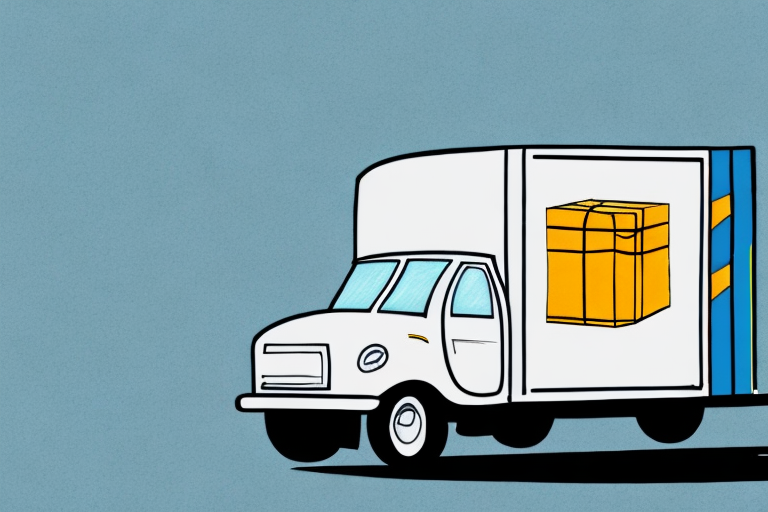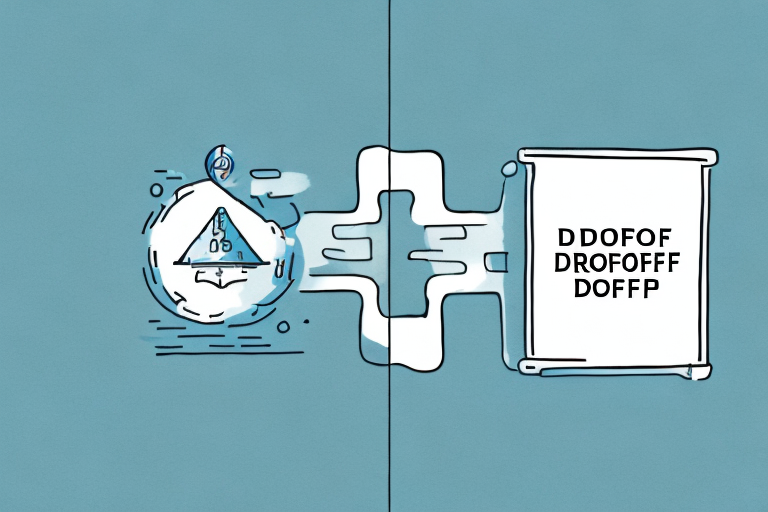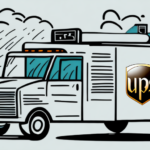Understanding Drop-Off in Delivery
In the logistics and delivery industry, the term “drop-off” refers to the final stage of the delivery process. This is when a package or shipment is delivered to its intended destination, such as a residential address or business location. A clear understanding of drop-off procedures and their implications is essential for delivery businesses aiming to enhance operational efficiency and customer satisfaction.
Importance of Drop-Off in the Delivery Process
Enhancing Customer Satisfaction
Drop-off is a critical touchpoint where customers receive their packages. According to a Statista report, over 80% of customers consider timely delivery as a key factor in their overall satisfaction. A successful drop-off ensures that customer expectations are met, fostering trust and loyalty.
Operational Efficiency
Efficient drop-off processes minimize errors such as late deliveries or wrong addresses, which can lead to increased operational costs. Implementing streamlined drop-off protocols can reduce the need for re-deliveries and optimize resource allocation.
Types of Drop-Offs in Delivery
Residential Drop-Offs
Packages delivered to private residences constitute the majority of drop-offs. Ensuring secure and timely deliveries in residential areas is paramount to maintaining customer trust.
Commercial Drop-Offs
Deliveries to businesses require adherence to specific time windows and protocols. Reliable commercial drop-offs contribute to sustained business relationships and repeat orders.
Contactless Delivery
Emerging prominently during the COVID-19 pandemic, contactless deliveries involve leaving packages at designated locations without direct interaction. This method continues to gain traction for its safety and convenience benefits.
Special Handling Deliveries
Deliveries requiring special handling, such as perishable goods or sensitive medical supplies, necessitate temperature-controlled environments and careful handling to ensure product integrity upon drop-off.
Factors Influencing Drop-Off Times
- Delivery Location: Urban areas may experience traffic congestion, while rural areas might face longer travel distances.
- Weather Conditions: Adverse weather can lead to delays and affect delivery schedules.
- Package Specifications: Larger or heavier packages typically require more time for handling and delivery.
- Time of Day: Deliveries during peak hours often encounter more delays compared to off-peak times.
- Security Requirements: Packages needing signatures or ID verification may take additional time to process.
Enhancing Drop-Off Efficiency
Implementing Advanced Tracking Systems
Real-time tracking technologies enable both delivery providers and customers to monitor package movements, reducing the likelihood of missed or delayed drop-offs. Tools such as GPS tracking and route optimization software are essential for modern delivery operations.
Investing in Automation and Robotics
Automation in sorting and handling processes can significantly reduce errors and increase the speed of deliveries. Robotics technology aids in the efficient management of large volumes of packages, ensuring timely drop-offs.
Driver Training and Management
Well-trained drivers who are proficient in navigation and customer service can enhance the drop-off experience. Providing ongoing training and support helps maintain high standards of delivery performance.
Overcoming Common Drop-Off Challenges
- Incorrect Delivery Locations: Utilize address verification tools and provide customers with clear delivery instructions to minimize errors.
- Package Theft: Implement secure delivery options, such as requiring signatures or using lockboxes, to protect against theft.
- Package Damage: Invest in quality packaging materials and train staff in proper handling techniques to prevent damage during transit.
Impact of Drop-Off Quality on Customer Retention
Poor drop-off experiences, such as delayed deliveries or damaged packages, can lead to customer dissatisfaction and result in lost business opportunities. Conversely, reliable and efficient drop-offs build customer loyalty and encourage repeat business, which is vital for long-term success.
According to a McKinsey report, companies that prioritize delivery excellence see a 10-15% increase in customer retention rates.
Strategies for Optimizing Drop-Off Processes
- Technology Integration: Leverage GPS tracking, mobile applications, and data analytics to monitor and optimize delivery routes and schedules.
- Efficient Routing and Scheduling: Use route optimization software to reduce travel time and fuel costs, ensuring timely deliveries.
- Continuous Training: Provide regular training sessions for delivery staff to keep them updated on best practices and new technologies.
- Customer Communication: Maintain transparent communication with customers through real-time updates and easy-to-use tracking systems.
- Feedback Mechanisms: Implement systems for customers to provide feedback on their delivery experience, helping to identify areas for improvement.
Best Practices for Customer Communication Regarding Drop-Offs
- Real-Time Notifications: Use SMS or email notifications to inform customers about the status of their deliveries.
- Clear Delivery Instructions: Ensure customers can easily provide specific instructions for drop-off locations.
- Transparent Tracking: Offer interactive tracking tools that allow customers to monitor their packages in real-time.
Conclusion
Effective drop-off management is essential for delivery businesses striving to enhance operational efficiency and boost customer satisfaction. By understanding the intricacies of the drop-off process, leveraging advanced technologies, and implementing best practices for communication and handling, delivery businesses can ensure reliable and efficient services that meet and exceed customer expectations.
For more insights and solutions on optimizing your delivery operations, visit ShipScience.




















